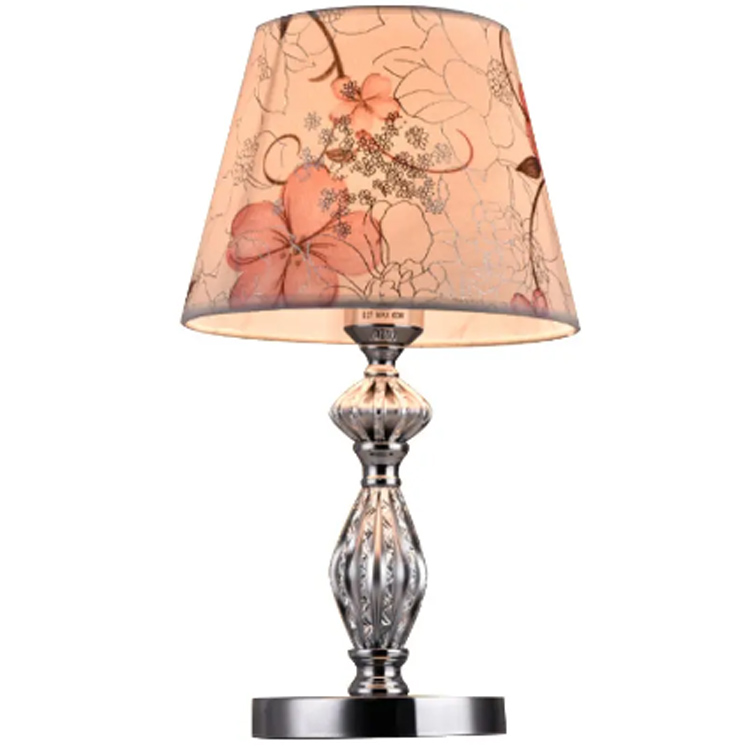The Advantages of LED Lighting: Efficiency, Longevity, and Sustainability
2025-02-07
LED lighting has revolutionized the way we illuminate our homes, businesses, and cities. As a highly efficient and durable lighting solution, LEDs (Light Emitting Diodes) offer numerous benefits over traditional lighting technologies such as incandescent and fluorescent bulbs.
In this blog, we will explore how LED lighting works, its advantages, and why it is the preferred choice for residential, commercial, and industrial applications.
How Does LED Lighting Work
LED lights function by passing an electrical current through a semiconductor material, which produces light. Unlike traditional bulbs, which rely on heating a filament or using gases, LEDs generate light through electroluminescence, making them far more efficient and long-lasting.
Key Advantages of LED Lighting
1. Energy Efficiency
- LEDs consume up to 80 percent less energy compared to incandescent bulbs.
- Lower power consumption reduces electricity costs and energy waste.
2. Long Lifespan
- An LED bulb can last up to 50,000 hours, far longer than incandescent (1,000 hours) and fluorescent (8,000 hours) bulbs.
- Reduced need for replacements saves both money and effort.
3. Environmentally Friendly
- LEDs do not contain toxic materials like mercury, which is found in fluorescent lights.
- They produce less carbon emissions, making them a sustainable choice.
4. High Durability
- LEDs are shock-resistant and vibration-proof, making them ideal for outdoor and industrial use.
- Unlike glass bulbs, they are less prone to breaking.
5. Instant Illumination and Dimming Capability
- LED lights turn on instantly without warm-up time.
- Many LED models support dimming features, allowing for customized brightness levels.
6. Wide Range of Applications
- Available in various colors, shapes, and sizes for different uses.
- Used in residential lighting, street lights, office spaces, warehouses, automotive lighting, and decorative lighting.
Popular Applications of LED Lighting
1. Residential Lighting
- Used in homes, apartments, and outdoor landscapes for efficient lighting.
- Ideal for kitchens, living rooms, and bedrooms due to warm and cool light options.
2. Commercial and Office Lighting
- Offices, retail stores, and hotels use LEDs for cost-saving illumination.
- Reduces eye strain and enhances productivity with natural lighting effects.
3. Industrial and Warehouse Lighting
- Factories and warehouses benefit from bright and durable LED lights.
- Provides consistent lighting in large spaces with minimal maintenance.
4. Automotive and Transportation
- LED headlights and taillights improve visibility and energy efficiency.
- Used in traffic lights, street lamps, and airport runways.
5. Smart and Decorative Lighting
- Integrated into smart home systems for adjustable brightness and color.
- Popular in festive decorations, architectural lighting, and signage.
Why LED Lighting Is the Future
As the world shifts toward sustainable energy solutions, LED lighting continues to gain popularity. Governments and businesses are investing in LED technology due to its:
- Lower environmental impact
- Reduced operational costs
- Advancements in smart lighting and automation
With continuous improvements in efficiency and affordability, LED lighting will remain the leading choice for modern lighting solutions.
Conclusion
LED lighting is a game-changer in the lighting industry, offering energy savings, durability, and eco-friendliness. Whether for home, business, or industrial use, LEDs provide superior performance while reducing costs and environmental impact.



